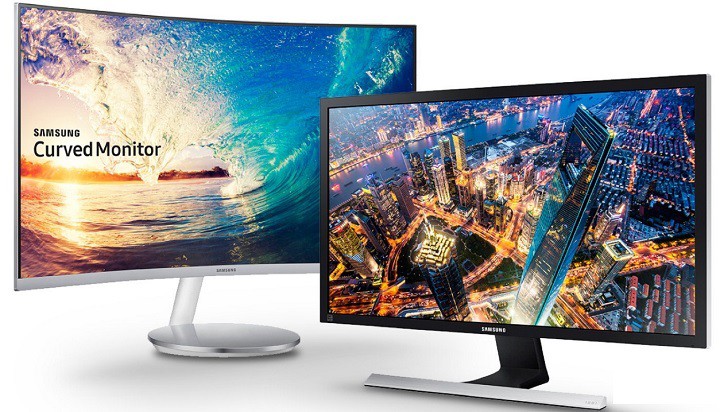

- #WINDOWS 10 SYSTEM MONITOR DESKTOP UPDATE#
- #WINDOWS 10 SYSTEM MONITOR DESKTOP WINDOWS 10#
- #WINDOWS 10 SYSTEM MONITOR DESKTOP SOFTWARE#
Chart allows for the monitoring of performance in graph form, and within this the Alert feature can be used to alert for results within set parameters. Also included are various options for monitoring, Chart, Log, and Report options. Additionally, counters can be highlighted if multiple are selected. The tool allows for selective instances to be monitored when selecting counters, and offers a description of each counter. Various integrated counters are available within the program, and the tool also offers the option to import them. Performance Monitor plots system CPU activity, and offers an ability to add counters as a method of plotting performance different from the ability to view CPU activity within Task Manager. A new feature added to the Performance Monitor in Windows Vista is Data Collector Set, which allows sets of accounting parameters to be easily manipulated as a group. In Windows 7, the resource overview feature was split to a stand-alone Resource Monitor application, with the landing page for the Performance Monitor in Windows 7 containing a pointer to the (new) Resource Monitor Windows 7 also moved the Reliability Monitor to the Action Center. The name displayed inside the MMC plug-in was changed back to "Performance Monitor" in Windows Vista, although it was also bundled with a Reliability Monitor and with a new performance summary feature called Resource Overview. Some third-party publications referred to it as "Performance Monitor" however, even in Windows 2000 or XP contexts. The "System Monitor" naming was kept in Windows XP. In Windows 2000, the System Monitor of Windows 9x and the Performance Monitor of Windows NT 4 and earlier, as well as another program called Network Monitor, were merged into a Microsoft Management Console (MMC) plug-in called Performance, which consisted of two parts: "System Monitor" and "Performance Logs and Alerts". Other possible categories include Microsoft Network Client, Microsoft Network Server, and protocol categories. The categories of information that can be monitored depends on which networking services are installed, but they always include file system, kernel, and memory manager.
#WINDOWS 10 SYSTEM MONITOR DESKTOP UPDATE#
Performance Monitor can display information as a graph, a bar chart, or numeric values and can update information using a range of time intervals. In contrast, the Windows NT Performance Monitor is available out-of-the-box and has over 350 performance measurement criteria (called "counters") available. It has few counters available and offers little in the way of customization. In Windows 9x, System Monitor is not installed automatically during Windows setup, but could be installed manually using the Add/Remove Programs applet, located in the Control Panel. The program can define thresholds for alerts and automatic actions, generate reports, and view past performance data.
#WINDOWS 10 SYSTEM MONITOR DESKTOP SOFTWARE#
This type of application may be used to determine the cause of problems on a local or remote computer by measuring the performance of hardware, software services, and applications. It monitors various activities on a computer such as CPU or memory usage. Performance Monitor (known as System Monitor in Windows 9x, Windows 2000 and Windows XP) is a system monitoring program introduced in Windows NT 3.1.
#WINDOWS 10 SYSTEM MONITOR DESKTOP WINDOWS 10#
Performance Monitor running on Windows 10


 0 kommentar(er)
0 kommentar(er)
